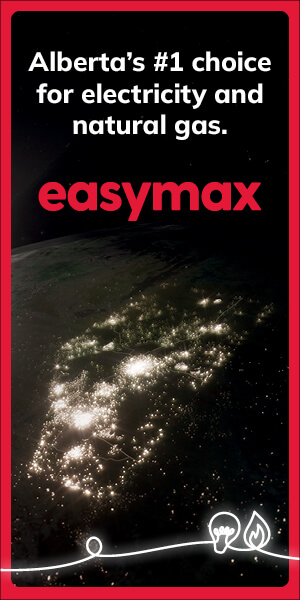If there is one thing that was repeated ad nauseum to novice wine drinkers, it is that a good wine will be dry.
In the halcyon days of my squandered youth, such missives were oft repeated to your humble narrator, as I made the slow and steady journey from a newbie tippler to the grizzled and battle-worn boozer that you see today.
Like many a gentle reader of this very column, your humble narrator started out drinking cheap plonk in college, and had only a tenuous understanding of the jibber-jabber of the nearby wine snobs, rambling on about things like dryness, body, and mouth feel.
In the fullness of time, my palate became more discerning, until I was eventually welcomed into the ranks of the unrepentant wine snobs, making me the incomprehensible boor that the nearby wine novices no longer understood.
It was during the long odyssey from padawan to master that I learned that a good wine is not necessarily dry, and the world of wine is full of surprises.
To get the definitions out of the way, a dry wine is simply a wine that has no residual sugar when the fermentation process is complete.
Wines that do have some remaining residual sugar, are referred to as off-dry, semi-sweet, or sweet, depending on the amount of remaining sugar.
The majority of wines you find on the shelf at your local booze merchant are considered dry wines, which means they have less than 4 grams per litre of residual sugar in the bottle.
Off-dry wines have up to 18 g/l of sugar, semi-sweet wines contain up to 45 g/l, and sweet wines are anything more than 45 g/l of residual sugar.
Since measuring grams per litre is not particularly intuitive to the average wine drinker, it is more common for the sweetness level of a wine to be indicated as a number between zero and ten, with zero being bone-dry, and ten being mega-sweet. Look closely on the label or shelf at your local booze merchant for these markings.
The most common method of producing a sweet wine is to kill off the yeast before it has a chance to convert all the natural sugars in the grape juice to alcohol, either by rapidly chilling the fermenting wine, or by sulphur dioxide.
German winemakers have their own unique traditions for sweet wines, and use a method called süssreserve, which holds a portion of the sweet unfermented grape juice in reserve, which is then added back to the wine after fermentation has completed.
Readers who were drinking wine in Canada back in the 70s will remember Black Tower, that semi-sweet German Riesling that came in a cardboard box, and was a fixture in Canadian refrigerators throughout the disco era.
Black Tower was at the forefront of the sweet wine invasion of North America, when consumers learned that wines did not need to be bone-dry to be enjoyable.
Consumer preferences have waxed and waned over the years, and has been slowly moving towards sweeter wines since the turn of the millenium.
Today, most consumers have been trained by the holier-than-thou booze writers of the world to ask for dry wines, but the winemakers of the world will tell a different story.
Since the turn of the millenium, winemakers have ever-so-slowly been increasing the residual sugar content in their wines, and the slightly sweeter off-dry wines are consistently outselling their bone-dry counterparts.
Indeed, off-dry wines are now the most popular market segment, even though the winemakers rarely label the bottles as off-dry, because too many consumers that buy off-dry wines think they prefer dry wines.
Part of this market shift can be attributed to consumer preferences, but the perceived sweetness of wine is also affected by the level of acidity. Winemakers have been getting better at balancing the levels of acidity and sweetness in wines, which can make a amount of sugar in the wine less perceptible on the palate.
To use a few very common wines as an example, Wolf Blass Yellow Chardonnay and Masi Valpolicella both weigh in around 6 g/l of residual sugar, putting them firmly into the off-dry range.
Off-dry wines tend to pair better with food, so broaden your horizons and try one today!






